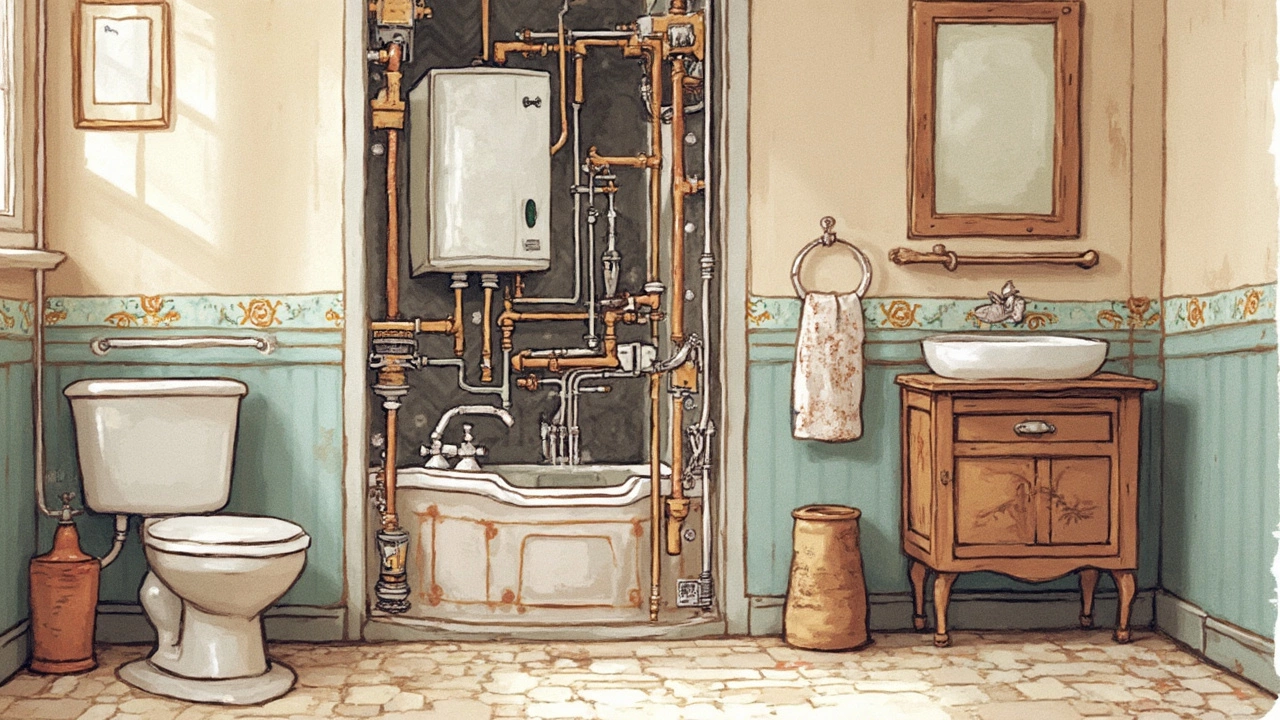Ever turned on your oven or electric hob and got nothing but a cold surface? Most of the time the culprit is a bad heating element. It’s the part that turns electricity into heat, and when it fails, your whole appliance feels useless. The good news? You can often identify the problem and fix it without calling a pro.
Elements wear out for three simple reasons: age, wear, and moisture. After years of heating and cooling, the metal inside can develop cracks or break down. Frequent trips to high temperatures speed up that wear. If water sneaks into the element, it can short‑circuit and stop working altogether. Look for visual signs like black spots, a broken coil, or a faint smell of burnt plastic.
Another tell‑tale sign is the “click‑click” noise you hear when you turn the appliance on. That’s the thermostat or relay trying to fire the element, but the element isn’t responding. If the appliance still turns on but stays cold, you’ve likely got a dead element.
Before you start, always unplug the appliance and let it cool completely. Safety first. For an electric hob, remove the screw caps covering the element, pull it out, and check the connector for any corrosion. A quick wipe with a dry cloth can solve a loose contact. If the coil looks broken, replace it – a new hob element usually costs under £30 and fits in under an hour.
Oven elements follow a similar process. Open the oven, locate the element (usually at the back or bottom), and unscrew it. Test it with a multimeter: set the meter to resistance (ohms) and touch the probes to the element’s terminals. A healthy element reads between 10‑30 Ω; infinity means it’s busted and needs swapping.
Dishwashers and washing machines also have heating elements, but they’re tucked behind panels. The steps stay the same – disconnect power, access the element, test, and replace if needed. Most replacement parts are sold with step‑by‑step guides, so you don’t have to be an electrician.
If you’re unsure about testing, you can still do a quick visual inspection. A cracked or bulging element is a clear sign it won’t work. In that case, order the exact model number from the manufacturer or a trusted supplier, and install it following the instructions.
When the element is fixed, give the appliance a short run‑through. Turn the oven to 180 °C for 10 minutes or the hob to high for a few minutes. If you feel heat and the device functions normally, you’ve saved yourself a service call and a few hundred pounds.
Remember, regular maintenance can prolong element life. Keep moisture away, avoid slamming doors on hot surfaces, and clean off any food debris that could cause overheating. A quick annual check of your appliance’s heating parts can catch a failing element before it leaves you in the cold.
So next time your kitchen gear goes cold, don’t panic. Check the element, test it, and replace if needed. With the right tools and a little patience, you’ll have heat back in minutes – and keep your wallet happy.

A failing water heater element can leave you in the chilly lurch just when you need a warm shower. Learn how to diagnose the problem with simple, straightforward steps. This guide covers common symptoms, testing methods, and practical tips for handling a faulty element. We'll explain what's involved and offer insights for DIY repair or knowing when to call a professional.

Discover what causes heat pumps to break down, the warning signs, and how to keep yours running smoothly with practical tips for any homeowner.

Boilers, integral to any home heating system, don't last forever. Understanding their lifespan can help you plan timely maintenance and replacements to ensure efficient heating. In this article, we explore how long you can expect your boiler to serve you, what affects its longevity, and how regular care can make a difference. By understanding these aspects, homeowners can make informed decisions regarding their heating needs and avoid unexpected failures.

Is your heat pump running but not cooling your home? Learn the real causes, expert troubleshooting tips, and practical solutions to get your comfort back.

Searching for a trusty electric oven can make a big difference in your cooking experience and lessen repair issues. This article uncovers the top-performing brands known for reliable electric ovens, sharing insights on what makes these brands stand out. From innovative features to energy efficiency, you'll learn tips on choosing the right oven and maintaining it for long-lasting use. Whether you're shopping for a new appliance or fixing an old one, this guide shines a light on the best options available today.

Frustrated by cold water instead of a hot shower? This guide breaks down the most common reasons your hot water is running cold, with simple fixes anyone can try at home.